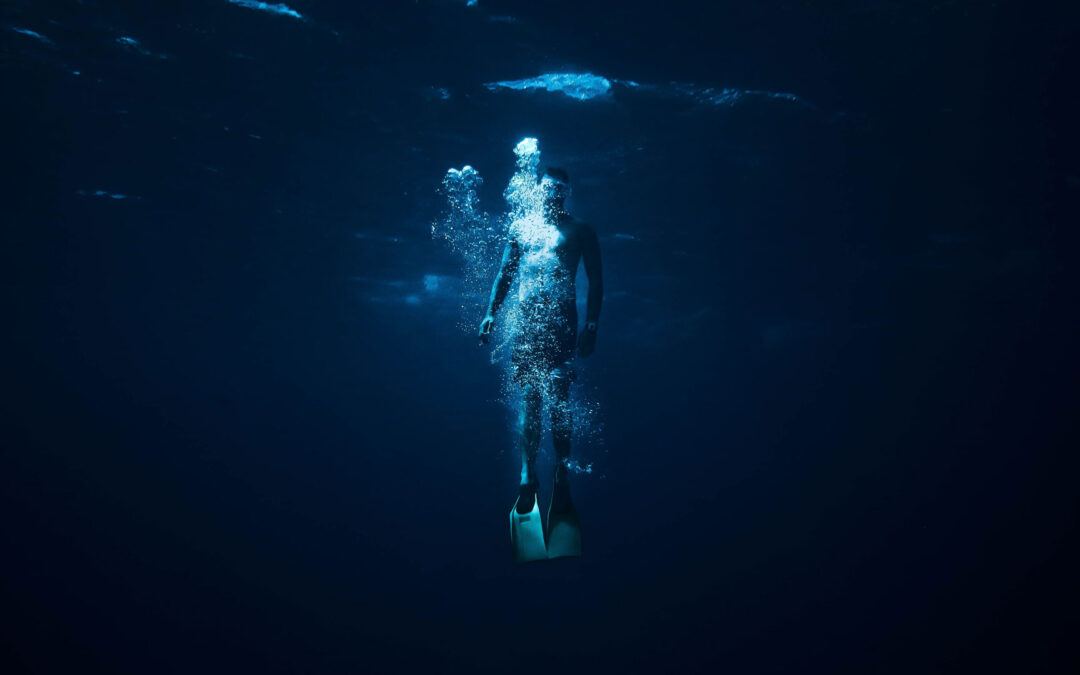Benefits of Cold Therapy in the Winter
Cold therapy is a technique that exposes the body to low water temperatures. Specifically, this cold-water submersion is between 10-15 degrees Celsius. In order to reap its full effect, the person must stay immersed for up to two to four minutes.
Seasonal temperature changes
Cold therapy can be used no matter what the season. There is no particular restriction during the Winter. In fact, the opportunities for cold therapy increase during the winter. Instead of just using indoor ice baths and showers, you can benefit from outdoor pools or even natural water bodies. (Please stay safe when using a natural water source)
Cold therapy can be experienced in multiple ways. It can be applied to just one part of the body or the whole body. It can also be administered in numerous formats, for example, cols showers, ice packs, coolant sprays, ice baths, etc. as long as the recommended temperature is maintained. The frequency of cold therapy is variable too. Athletes are known to use cold therapy up to two times a day.
Know your temperature
If you choose to continue taking your cold therapy indoors, you must be aware of the fact that the temperature of your tap water lowers significantly during the winters.
Our website provides a range of thermometers including shower attachments that monitors the temperature of your water. It is usual for the cold water in your tap to vary according to seasonal and geographical changes which is why the thermometer will help you in gaining the maximum benefit from cold therapy.
You will be able to adjust the temperature according to what you are comfortable with, and know what that level and time exposure is. It is normal for an individual starting out to find low temperatures a challenging experience. You should know it’s okay to step out of the water flow now and then. It is even okay to gradually alternate the temperatures between warm and cold when you are starting the cold therapy.
Additionally, our expertly designed mobile application “CryoShower” available on both Apple and Android stores can help you keep track of your frequency, duration, and temperature of your cold therapy alongside tracking pain in real-time, the length of your exposure, the temperature that the therapy was taken, and much more.
The app also assists you in keeping track of your pre-start time which is useful when the shock of the cold water is too much. As a result, you will be able to see your progress with a pre-time and actual shower time, you can actively see that you are getting more and more used to the temperatures as your pre-time decreases.
Deep Breathing
Taking regular cold showers has been associated with numerous health benefits. Most of these benefits ensue from deep breathing that is caused by cold exposure.
Cold showers induce deep breathing which allows more oxygen to enter your bloodstream which results in your brain calming down. Simultaneously these deep breaths induce the production of Endorphins which are the body’s ‘feel good’ chemicals. As a result, your body becomes better adapted towards fighting the fight or flight response and calming down more easily in stressful situations.
Recovery
The recovery phase of cold therapy can be painful, but beneficial at first. The muscle soreness can return after a certain period and extremely cold temperature’s can have an after-effect. If you do suffer from such symptoms in your recovery phase, looking into contrast therapy might help. This therapy alternates high and low temperatures to achieve the same effects.
Bibliiography
Keatinge, W. R., McIlroy, M. B., & Goldfien, A. (1964). Cardiovascular responses to ice-cold showers. Journal of Applied Physiology, 19(6), 1145-1150.
Leppäluoto, J., Westerlund, T., Huttunen, P., Oksa, J., Smolander, J., Dugué, B., & Mikkelsson, M. (2008). Effects of long‐term whole‐body cold exposures on plasma concentrations of ACTH, beta‐endorphin, cortisol, catecholamines, and cytokines in healthy females. Scandinavian Journal of Clinical and Laboratory Investigation, 68(2), 145-153.
Vaile, J. M., Gill, N. D., & Blazevich, A. J. (2007). The effect of contrast water therapy on symptoms of delayed onset muscle soreness. The Journal of Strength & Conditioning Research, 21(3), 697-702.


Recent Comments